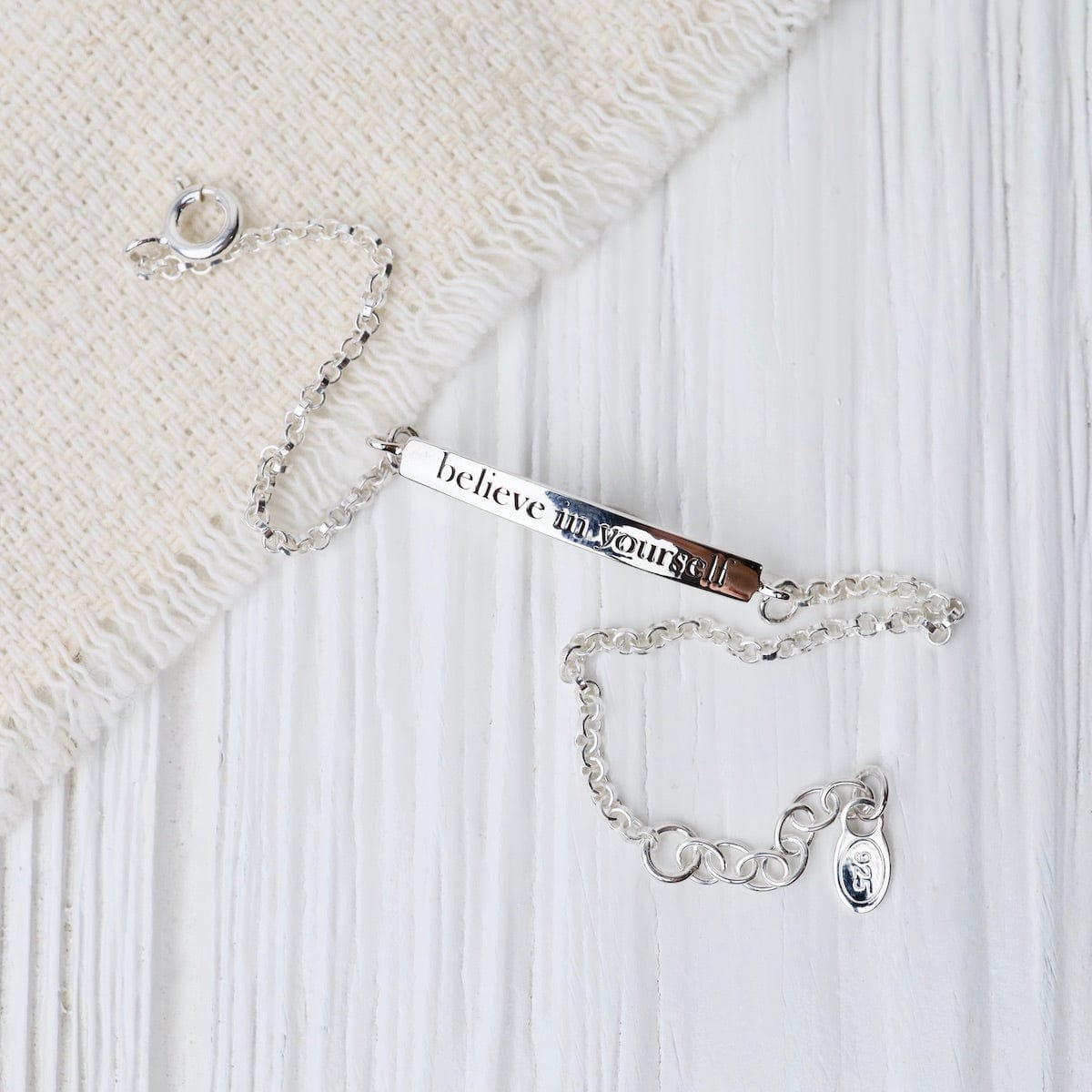How to appraise jewelry yourself? Appraising jewelry is an important process that helps determine its value for various purposes, such as insurance coverage, resale, or personal valuation. While professional appraisals are recommended for accurate and comprehensive assessments, there are steps you can take to appraise jewelry yourself. This guide will walk you through the step-by-step process, including gathering information, examining the jewelry, assessing its materials and craftsmanship, researching market values, and documenting your appraisal findings. Please note that self-appraisals should be used as a general reference and not as a replacement for professional appraisals conducted by certified gemologists or appraisers.
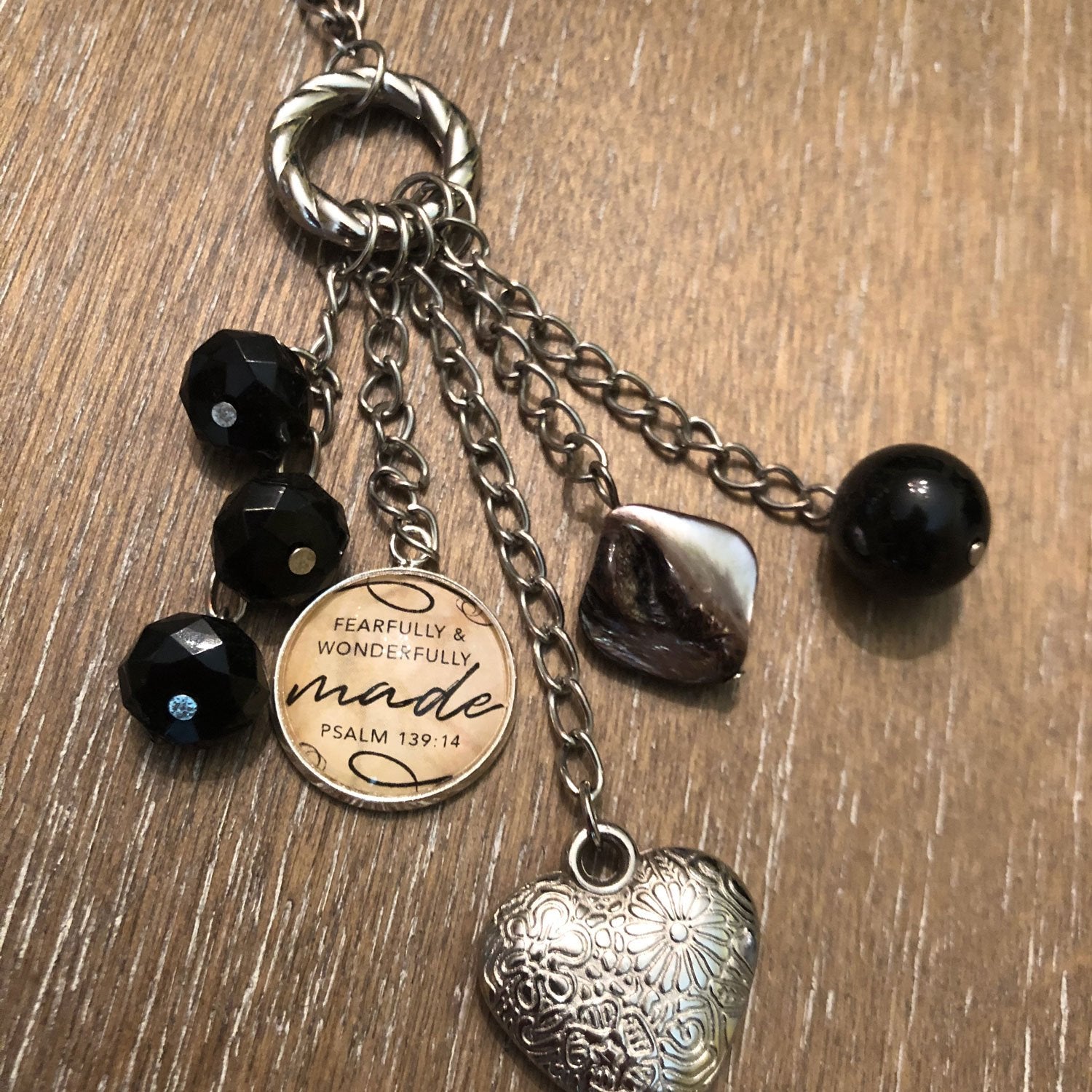
Gather Information:
Identify the Jewelry Type: Determine the type of jewelry you are appraising, such as a ring, necklace, bracelet, or earrings. Each type may have unique characteristics that affect its value.
Research the Manufacturer or Designer: If your jewelry has a recognizable manufacturer or designer, gather information about their reputation, craftsmanship, and market demand. This knowledge can impact the value of the piece.
Collect Documentation: Gather any documentation related to the jewelry, such as certificates of authenticity, previous appraisals, or receipts. These documents can provide valuable information about the piece’s history and provenance.
Examine the Jewelry:
Physical Examination: Inspect the jewelry piece for any visible damage, wear, or modifications. Look for any missing gemstones or signs of repair, as these can affect its value.
Assess the Condition: Consider the overall condition of the jewelry, including its metal setting, prongs, clasp, or any other components. The better the condition, the higher the value.
Identify Gemstones: Determine the type, quality, and characteristics of gemstones used in the jewelry, such as diamonds, rubies, sapphires, or emeralds. Use a jeweler’s loupe or magnifying glass to examine the gems closely for color, clarity, cut, and carat weight.
Verify Metals and Hallmarks: Identify the metal used in the own jewelry, such as gold (10k, 14k, 18k, etc.), silver, platinum, or other alloys. Look for hallmarks or stamps that indicate the metal purity or maker’s mark.
Assess Materials and Craftsmanship:
Quality of Materials: Evaluate the quality of the gemstones, considering factors such as color, clarity, cut, and carat weight. Examine the metal for purity, density, and any unique characteristics.
Craftsmanship and Design: Assess the craftsmanship and design of the jewelry. Consider the intricacy, precision, and uniqueness of the piece. High-quality craftsmanship and unique designs typically command higher values.
Consider Vintage or Antique Factors: If the jewelry is vintage or antique, take into account its historical significance, rarity, and collector demand. Vintage and antique pieces may have higher value due to their age and scarcity.
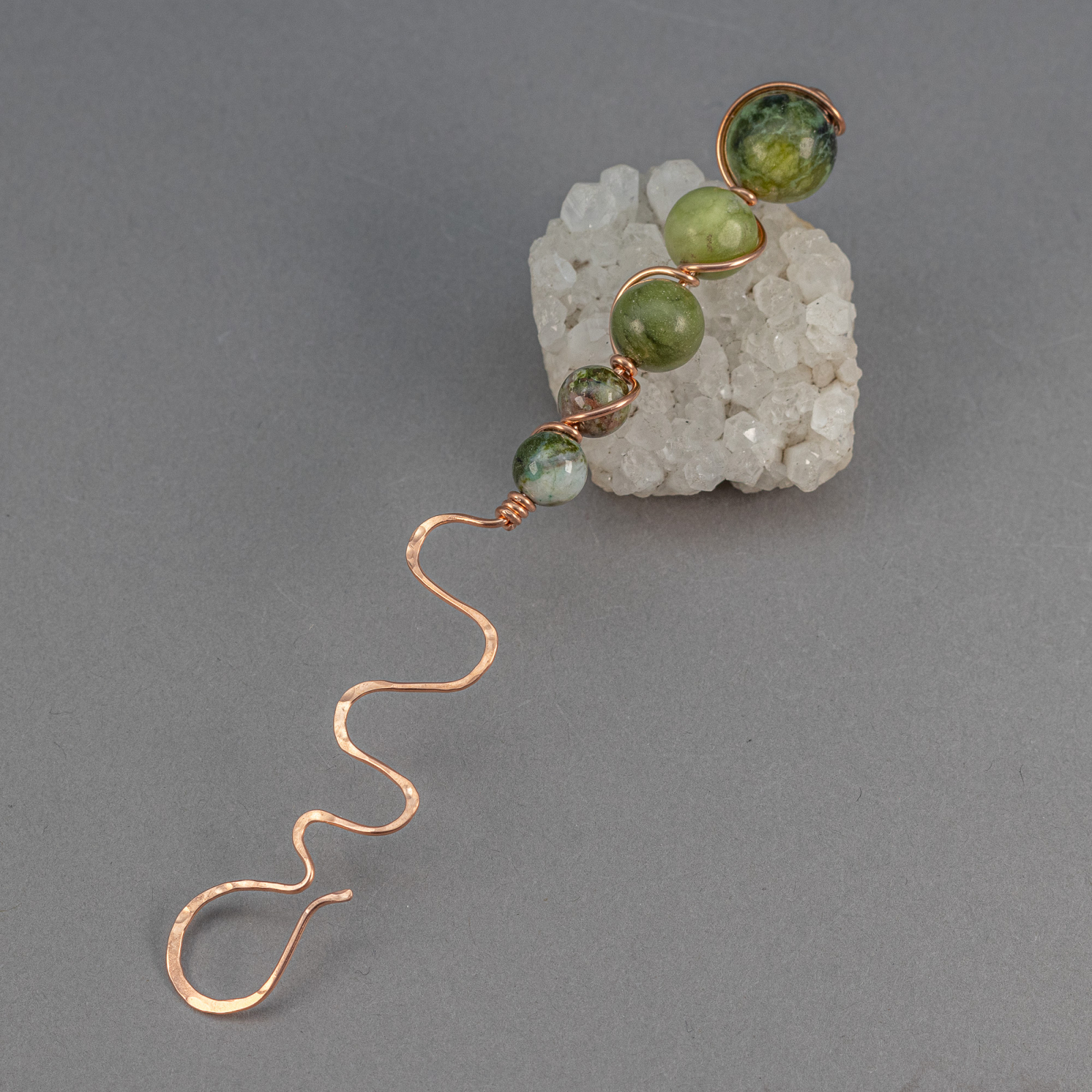
Research Market Values:
Research Online Platforms: Utilize reputable online platforms, auction websites, or jewelry marketplaces to search for comparable pieces in terms of type, style, quality, and condition. Take note of the prices at which similar pieces are listed or sold.
Consult Jewelry Appraisal Guides: Refer to jewelry appraisal guides or industry references to understand typical valuation techniques. These resources can provide estimated values based on factors like gemstone quality, metal value, and market demand.
Seek Professional Advice: If you are unsure about the value or authenticity of the jewelry, consider consulting with a certified gemologist or professional appraiser who can offer their expertise and guidance.
Document Your Appraisal Findings:
Prepare a Comprehensive Report: Create a detailed appraisal report that includes all relevant information about the david yurman jewelry, such as photographs, descriptions, gemstone grades, metal composition, and value estimates. Format the report in a clear and organized manner.
Estimate the Value Range: Based on your research and assessment, provide an estimated value range for the jewelry. Consider any insurance endorsements, current market conditions, and the purpose of the appraisal.
Keep Updated Records: Maintain records of your appraisal findings, including any supporting documentation, photographs, and research references. Update the appraisal periodically to reflect any changes in the piece’s value or condition.
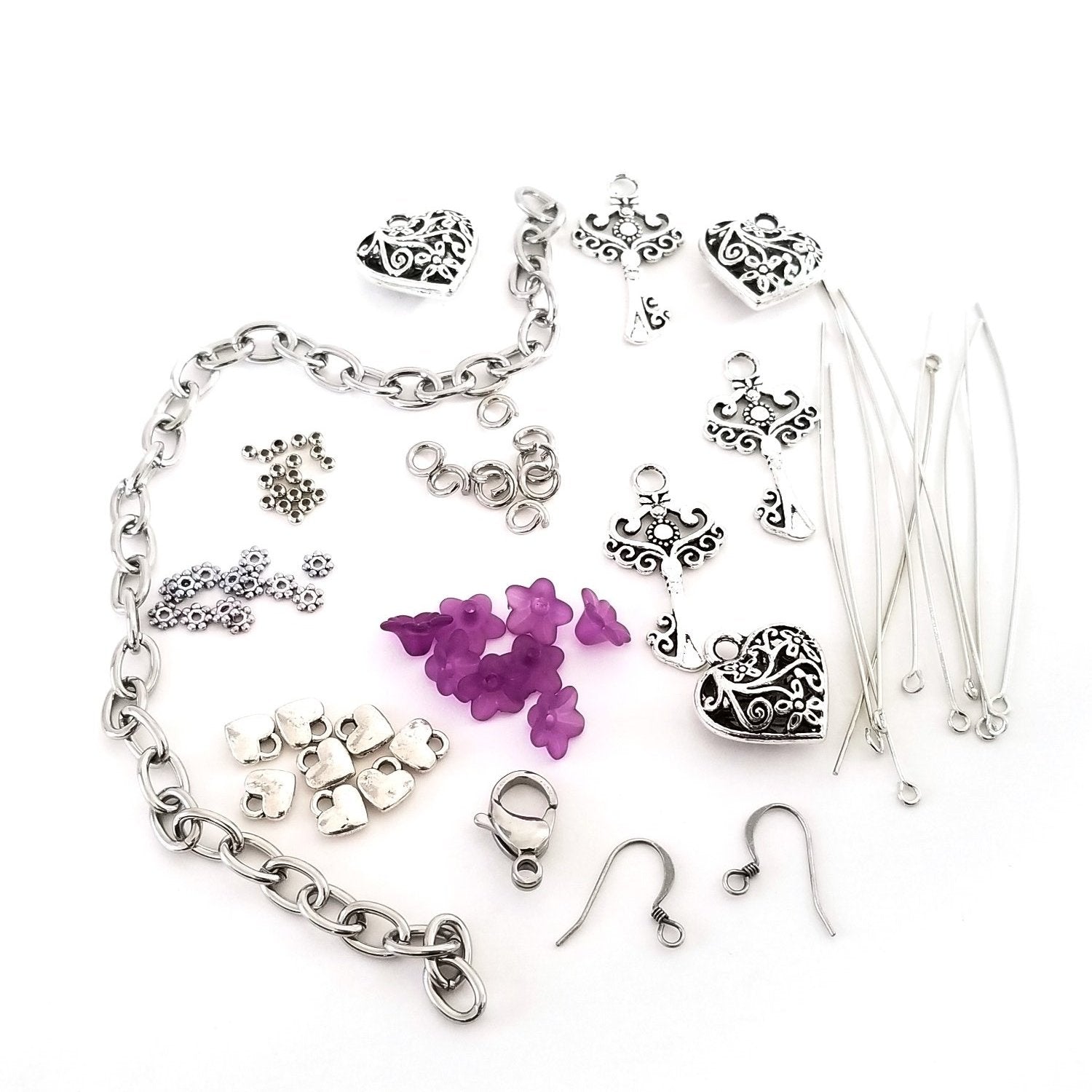
Jewelry yourself is suitable for what occasions
When it comes to appraising jewelry yourself, there are several occasions or situations where it can be useful and beneficial. While self-appraisals may not provide the same level of accuracy and expertise as professional appraisals, they can serve specific purposes and provide general insights into the value and characteristics of your jewelry.
Personal Knowledge and Understanding:
Appraising jewelry yourself allows you to develop a deeper understanding of your own collection. By evaluating materials, gemstones, craftsmanship, and designs, you gain firsthand knowledge of the value and quality of your jewelry. This personal knowledge can help you appreciate and enjoy your pieces even more.
Insurance Coverage:
Self-appraisals are valuable when determining the appropriate insurance coverage for your jewelry. While professional appraisals are typically required for formal insurance purposes, conducting a self-appraisal can provide you with a rough idea of the value of your jewelry. This information can help you estimate the appropriate amount of coverage and ensure that your jewelry is adequately protected.
Resale or Estate Planning:
If you are considering selling your jewelry or including it in your estate planning, a self-appraisal can be a useful starting point. Conducting a self-appraisal can help you determine the approximate value of your jewelry in the current market. This knowledge can guide you when setting a selling price or when discussing your estate plans with legal and financial professionals.
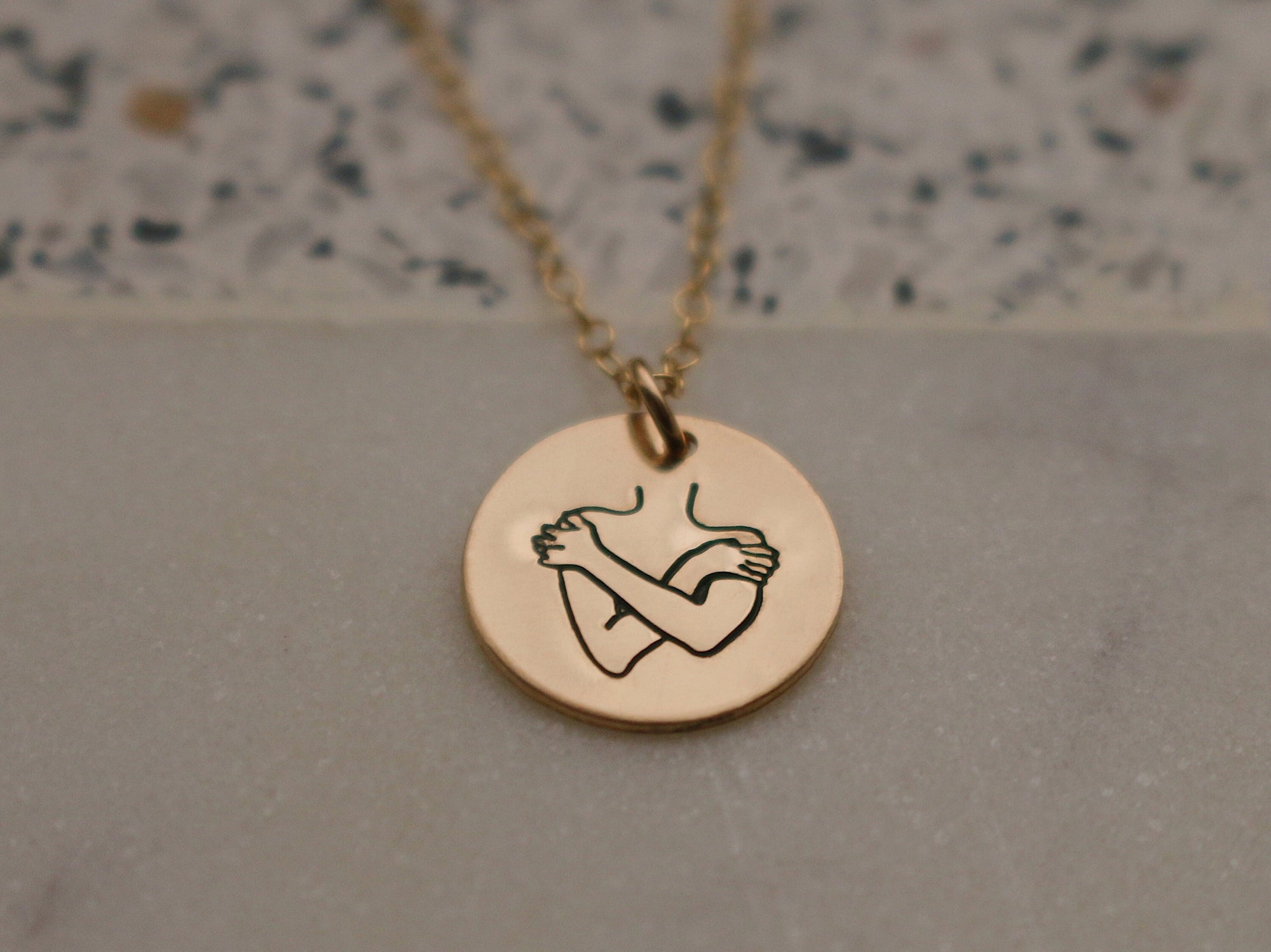
Personal Records and Documentation:
Self-appraisals enable you to maintain detailed records and documentation of your jewelry collection. By creating comprehensive reports that include photographs, descriptions, and estimated values, you have a valuable resource for personal records. These records can be useful for tracking your jewelry over time, inventory management, and ensuring proper insurance coverage.
Curiosity and Education:
Appraising jewelry yourself can be an educational and satisfying endeavor. It allows you to learn more about the characteristics, value, and history of your resin jewelry pieces. This exploration can increase your appreciation for jewelry as an art form, expand your knowledge of gemstones and precious metals, and enhance your skills in evaluating quality and craftsmanship.
In conclusion
While professional appraisals conducted by certified gemologists or appraisers are the most accurate and reliable method to determine the value of jewelry, self-appraisals can serve as a general reference. By following this step-by-step guide, you can gather information, examine the jewelry, assess its materials and craftsmanship, research market values, and document your appraisal findings. Remember to consult professional experts or seek professional appraisals for a precise and authoritative valuation. Self-appraisals should be used for informational purposes and not as a substitute for formal appraisals when needed.
